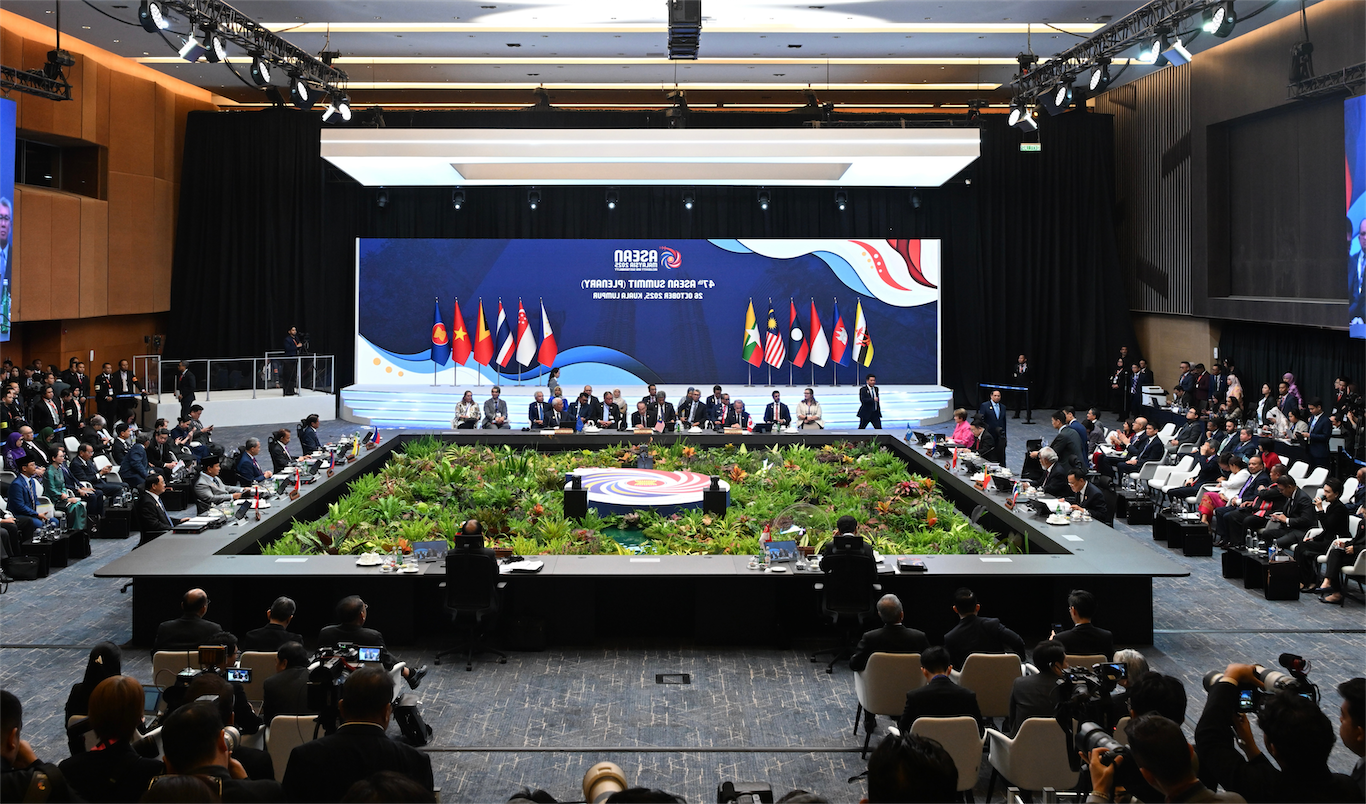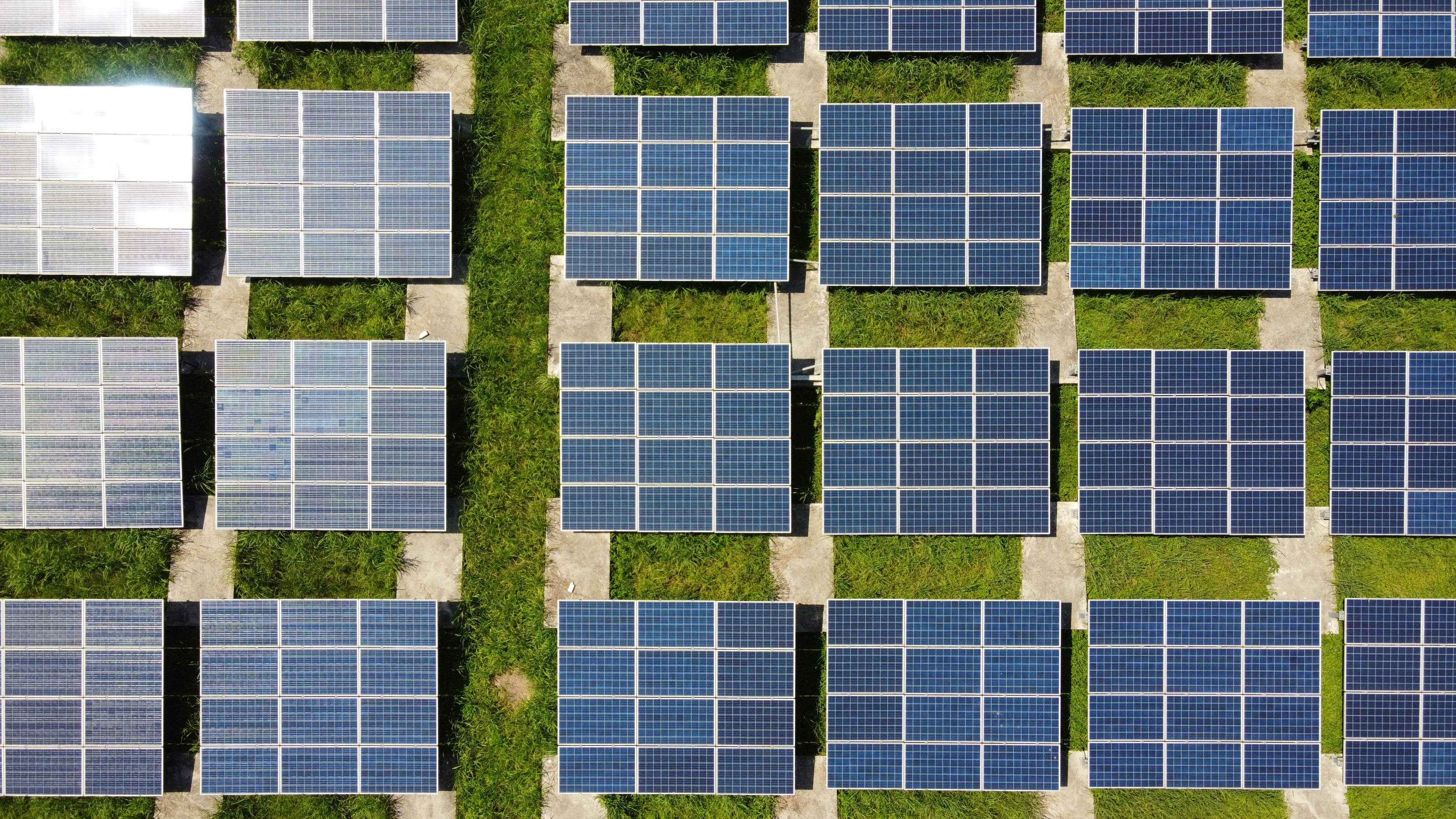To offset its negative trade balances, the U.S. declared an emergency by announcing a reciprocal tariff on 2 April 2025. The U.S. imposes a universal baseline tariff of 10% on all imports to the country with higher, country-specific "reciprocal" tariff targeting approximately 60 nations, including ASEAN countries1. This is on top of that the U.S. will also impose a 25% tariff on imports of automobiles and certain automobile parts, citing national security concerns under Section 232 of the Trade Expansion Act of 1962 2 . The U.S. administration later carved out key electronics, such as smartphones, laptops, TVs and related device, from its reciprocal-tariff schedule and suspended all country-specific duties for 90 days to allow for further consultations with its trading partners3. If no deal is reached, ASEAN exporters will be among the worst hit by these new tariffs, with CLMV countries (Cambodia, Lao PDR, Myanmar, and Vietnam) receiving new tariffs above 40% (see Table 1 below) on exports to the U.S.












